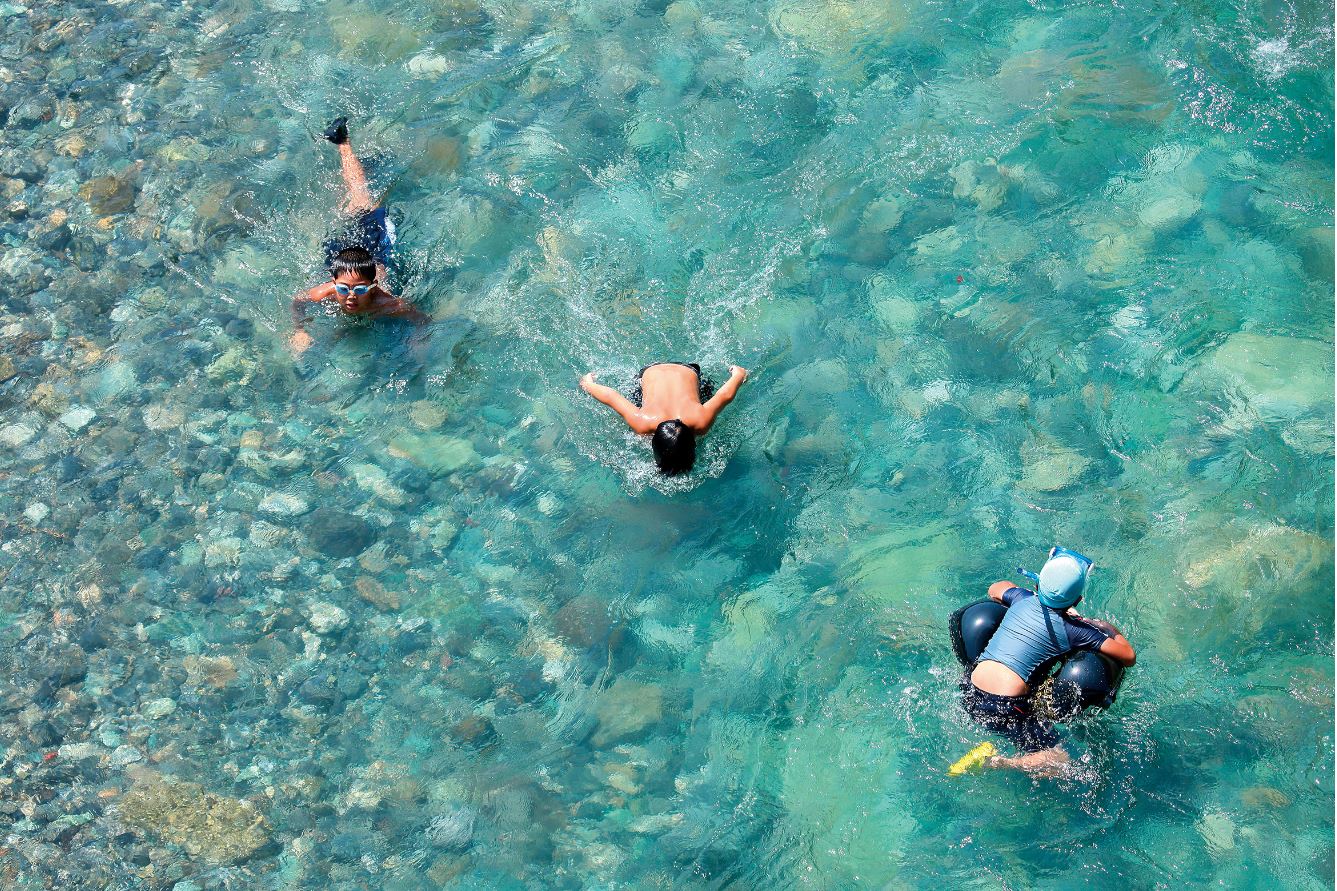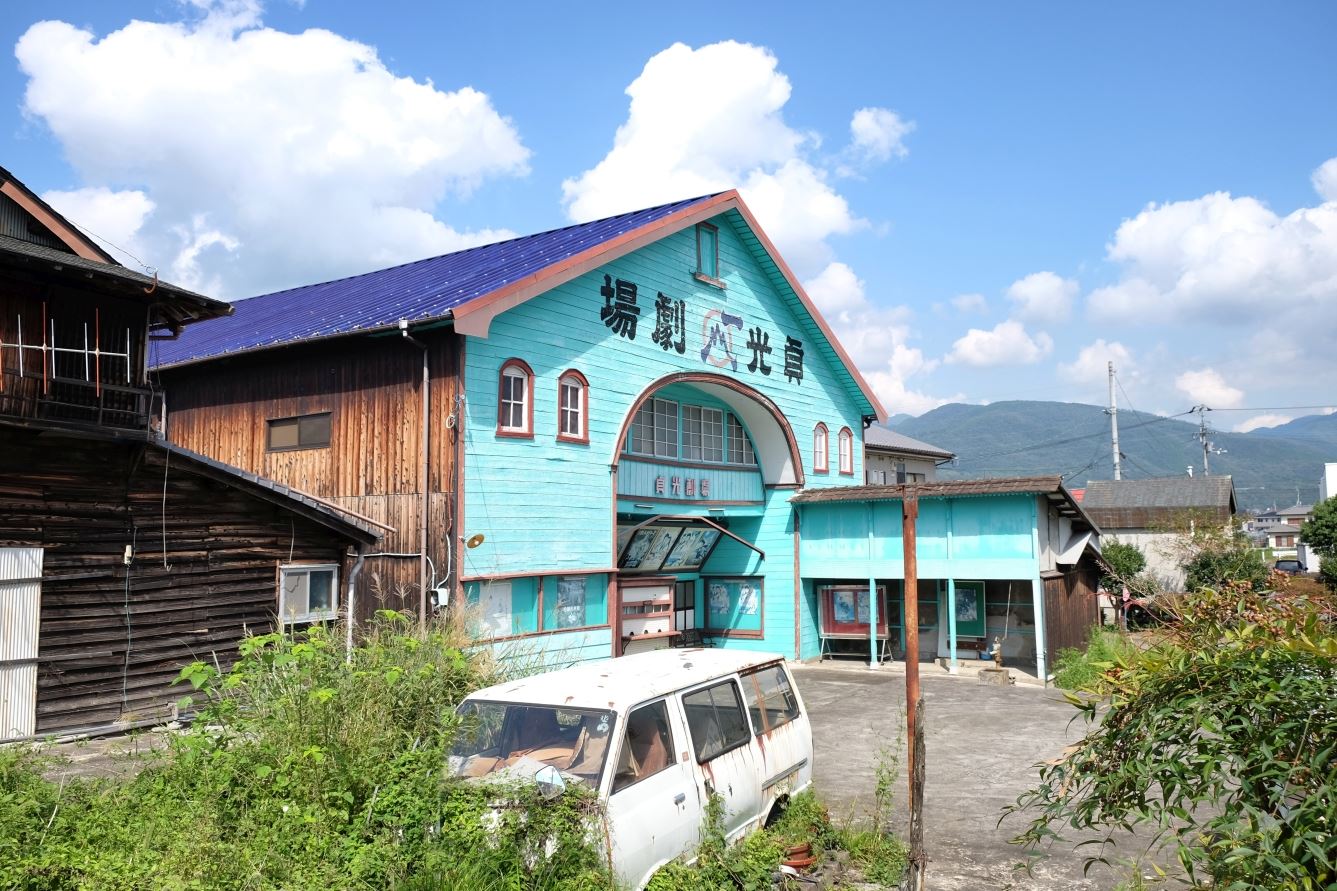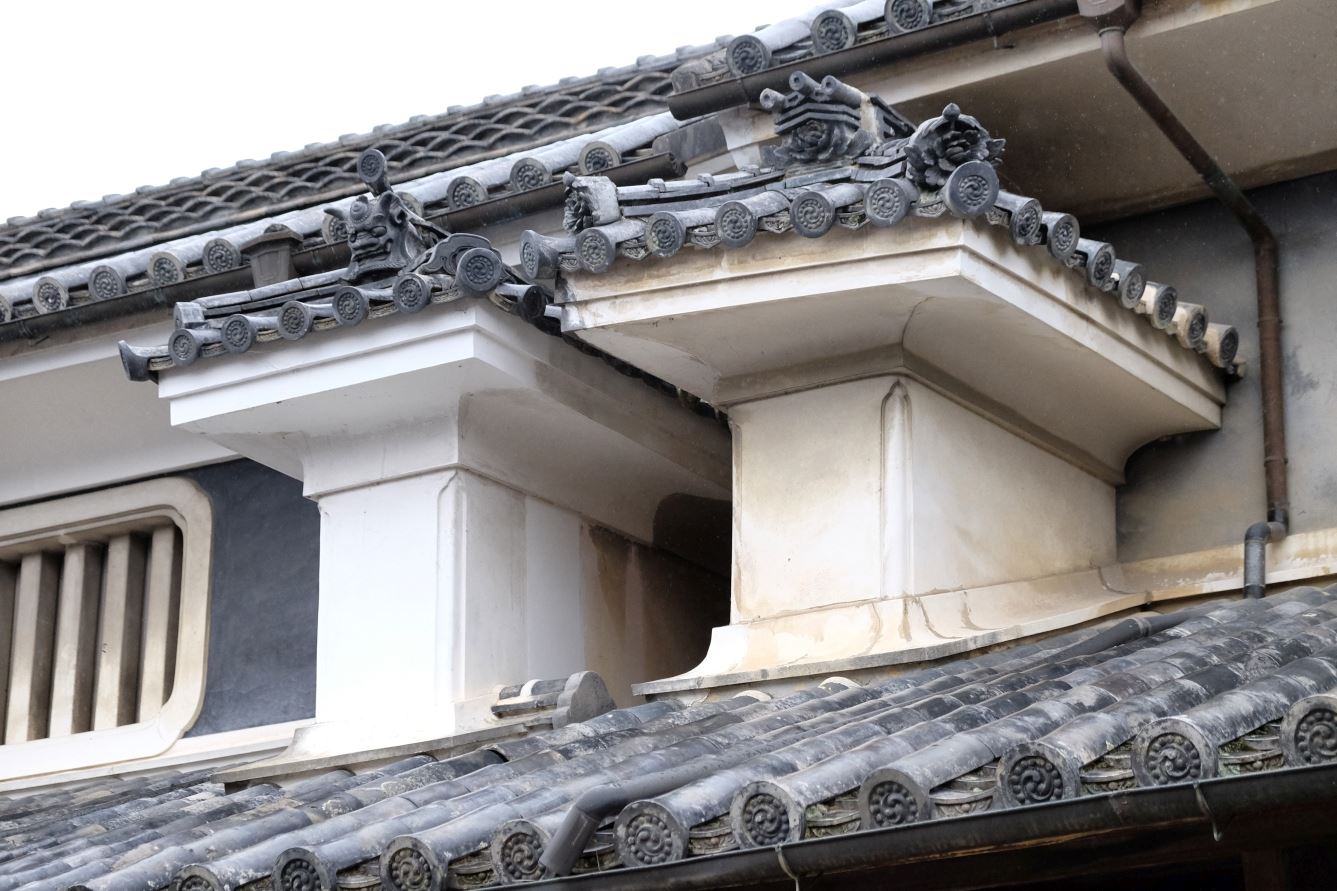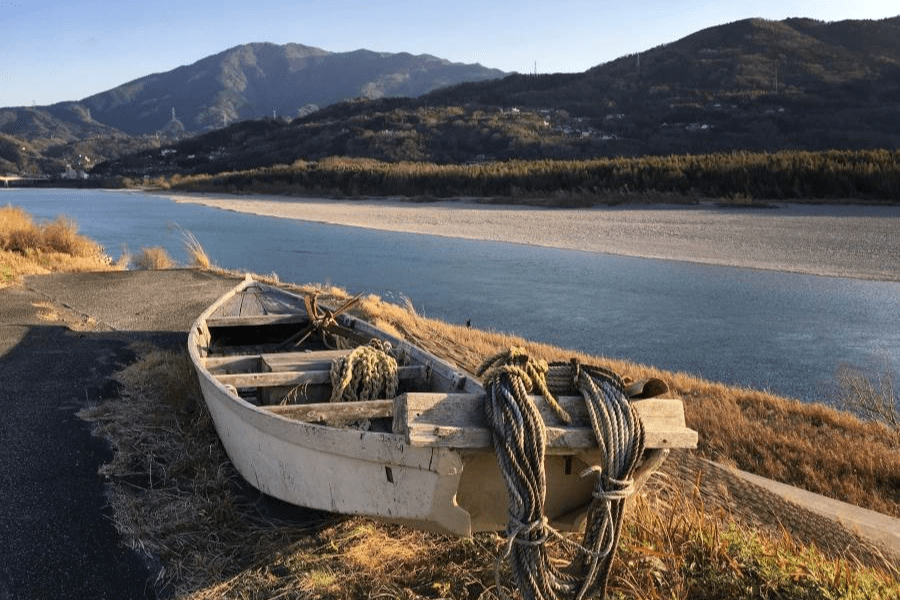Mima Teramachi
Home » Mima Teramachi
Mima Teramachi
This agglomeration of temples of various sects including Pure Land, Shingon, and Zen was founded at least 1,400 years ago on the south bank of the Yoshino River, where the Sadamitsu River flows into it from the north. The Yoshino River used to flow right past this temple complex, in front of Gansho-ji Temple. River works moved the river southward to its current position, a short distance from Teramachi.
From a distance, Teramachi appears as a series of beautifully curved tiled roofs among large rural dwellings in a dramatic valley setting. As you enter the narrow lanes around the district, the very different character of each temple becomes apparent. So many exquisitely beautiful temples concentrated in so small an area makes this a very unusual spot, and it repays a slow and relaxed exploration. You can try some Buddhist practices like copying the likeness of the Buddha which are calculated to still your mind and encourage focused concentration.
With the nearby kofun tombs, Teramachi strikes everyone who visits with its sense of timeless mystery and awe.
Rinsho-ji Temple
This temple was founded in 1520 by Rinsho, younger brother of the head priest of nearby Anraku-ji. It belongs to the Shingon Buddhist sect. Another huge gingko tree grows in the grounds, providing beautiful green shade in the warmer months and turning a spectacular yellow in the autumn. In November, chrysanthemums are exhibited at the temple.
Saikyo-ji Temple
This temple was founded in 1609 as a place of retirement for the 10th head-priest of Anraku-ji. This temple belongs to the Pure Land Buddhist sect. The main hall was built in 1858, the main gate in 1843, and the scripture house in 1930.
Gansho-ji Temple
Gansho-ji was built during the Nara Period (710 to 794). A Shingon temple, it enjoyed the patronage of successive daimyo and vassal lords, becoming the main temple of the Shingon sect for the area. The traditional dry landscape garden in the temple grounds was created in the Muromachi period (1333 to 1578) and its centrepiece is a magnificent many-armed pine tree. The main gate with an unusual wooden border inside the pillars was built in the Meiji period (1868 to 1912).
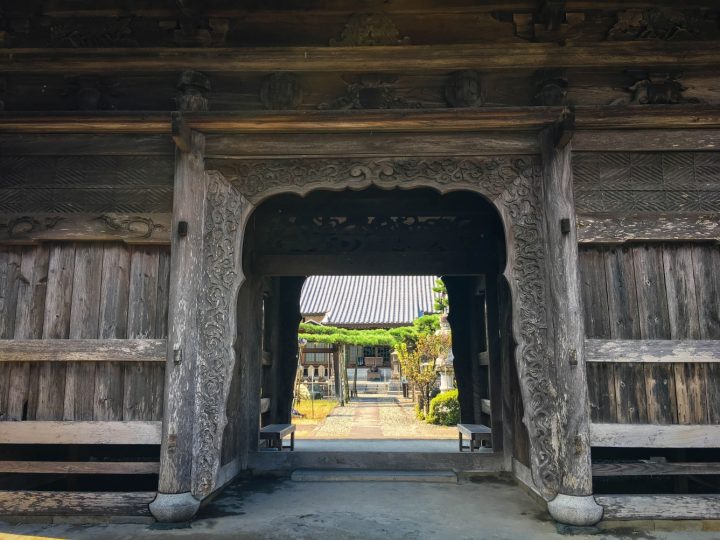
Anraku-ji Temple
This temple was original built in the Heian period (794 to 1185) as part of the Tendai sect, but in 1259 the head priest converted it to the Pure Land sect. It’s the oldest temple of this sect in Shikoku. Its imposing, red-lacquered gate presents a remarkable sight. Anraku-ji has a well-tended garden with two ponds and a complete Noh stage. The gate dates from 1756, the main hall with its high, steeply-pitched roof from 1938, the study from the Meiji period, and the belfry from Taisho.
Jonen-ji Temple
Originally founded in the Kamakura period as a Tendai temple, Jonen-ji was converted to the Pure Land sect in 1495. The main hall was built in 1860.
Hachiman Shrine
Before the separation of Shinto and Buddhism in the Meiji Period, the two religions were one, and shrines and temples were often located together. Based on a sacred Noh mask owned by the shrine, it’s presumed to date to the Muromachi period (1336 to 1573) when Noh theatre took its current form.
Kozato-ji Temple Remains
All that remains of this temple is a large, gently sloping empty field, with an ancient gingko tree growing in the middle. Excavations revealed the remains of a large temple building and a pagoda. The oldest temple site in Tokushima, it dates back 1,300 years, about 100 years before the lifetime of Kukai, founder of the Shikoku Pilgrimage. Looking south from the site across the Yoshino River, you can see a deep valley where the Sadamitsu River heads up to its source on Mt. Tsurugi, Shikoku’s second highest mountain. When Kōzato-ji Temple was still here in its glory, it would have presented an awesome sight, apparently standing at the threshold of another world.
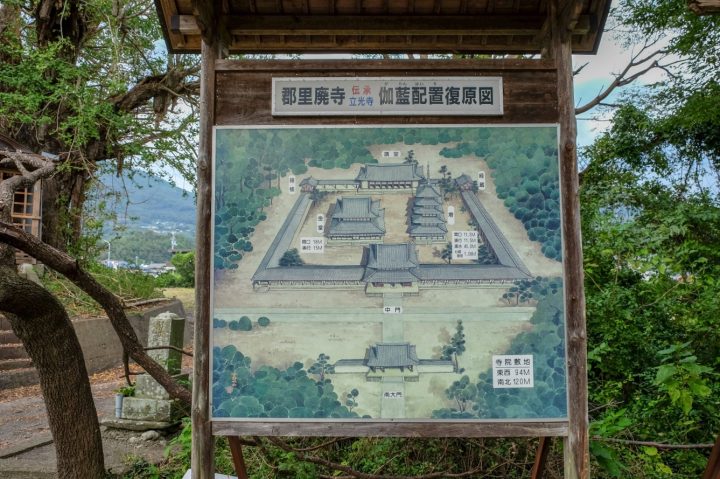
Dan no Tsuka Ana
These two ancient kofun or burial mounds are located on a terrace overlooking the river not far from the temples of Teramachi. They were built around 1,400 years ago in the late Kofun period when many such tombs were made. These tombs feature sophisticated stonework. You can go inside both tombs, but mind your head when coming out into the bright light outside. The artefacts excavated from the tombs can be seen in the Mima Folk Museum in Teramachi.
Information
Name in Japanese: 美馬寺町
Pronunciation: mima teramachi
Address: Teranoshita-20 Mimacho, Mima, Tokushima 779-3600
Related Tours

Experience the most beautiful and interesting temples of the Shikoku Pilgrimage in seven days.

A tour for families or friends, staying in the most characterful kominka and ryokan of Shikoku.

Visit the most beautiful and interesting temples of the Shikoku Pilgrimage and walk the toughest trails.

